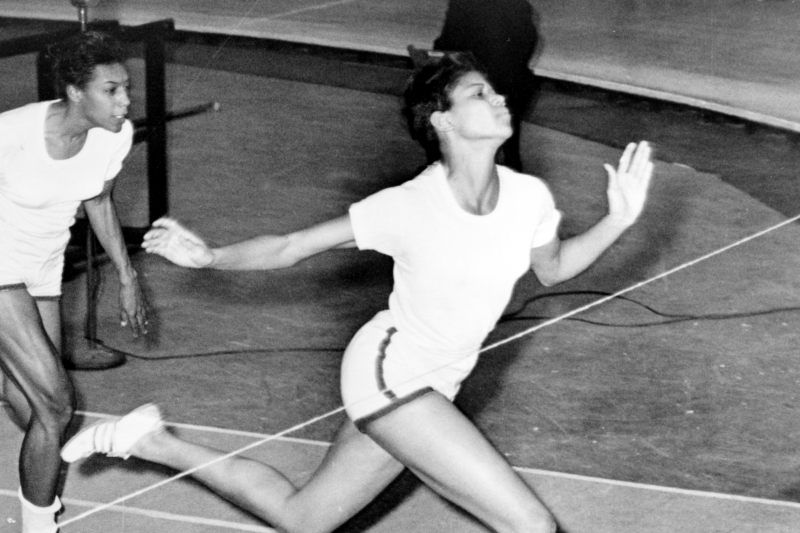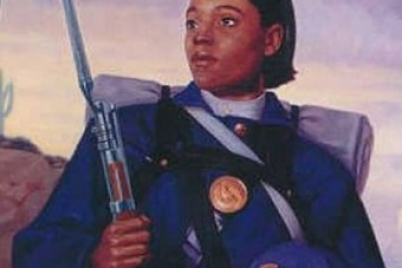Wilma Rudolph at the finish line during 50 50-yard dash at a track meet in Madison Square Garden.
BY KEISHA BELL | Visionary Brief
There comes a time when you see something that is worth fighting for, and you have a choice to make. She insisted.
Meet Wilma Glodean Rudolph, a world-class sprinter who became known in the 1960s as “the fastest woman in history.” Rudolph is the first American woman to win three gold medals in a single Olympiad. In addition, she is the first woman invited to compete at the Melrose Games. Rudolph was born June 23, 1940, and died November 12, 1994.
After the 1960 Rome Olympics and after completing a post-games European tour, Rudolph returned to her hometown of Clarksville, Tenn., which held a full day of activities to celebrate “Welcome Wilma Day” on October 4, 1960. Because she staunchly insisted, her homecoming parade and banquet became the first fully integrated municipal event in Clarksville’s history.
Rudolph was at the height of her track career when she made a decision that shocked many. The reigning world record-holder in the 100-meter, 200-meter, and 4 x 100-meter-relay events, the winner of seven national AAU sprint titles, the women’s indoor track record-holder in the 60-yard dash, and the winner of the 100-meter and 4 x 100-meter-relay races at a U.S.–Soviet meet at Stanford University in 1962, retired from track competition at the young age of 22. She wanted to go out on top, and she did.
Rudolph’s work of running around the track had been completed. She shifted her focus to continuing her education at Tennessee State University. There, she became a member of Delta Sigma Theta sorority. In 1963, Rudolph earned a bachelor’s degree in elementary education. During that same year, she became a goodwill ambassador for the U.S. State Department and traveled to West Africa.
Upon returning home, Rudolph participated in a civil rights protest in her hometown of Clarksville to desegregate one of the city’s restaurants. Again, Rudolph and others insisted. It did not take long before the mayor announced that the city’s public facilities, including its restaurants, would become fully integrated.
Rudolph was born premature, in poverty and in the racially segregated South. As a child, she frequently suffered from illnesses, including pneumonia and scarlet fever. She even contracted infantile paralysis caused by the poliovirus.
Although Rudolph recovered from polio, she lost strength in her left leg and had to wear a brace. Her parents traveled about 50 miles weekly for two years to the historically black Meharry Medical College in Nashville for treatments because there was little medical care available to African-American residents of Clarksville in the 1940s.

Keisha Bell












